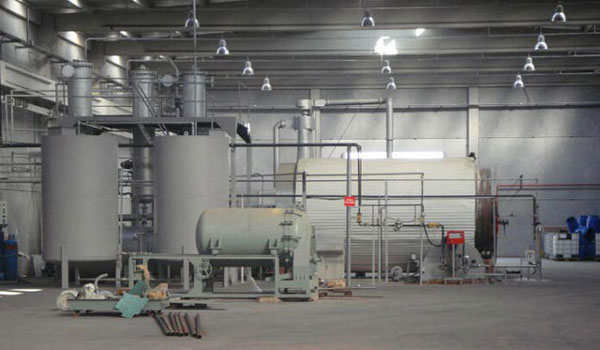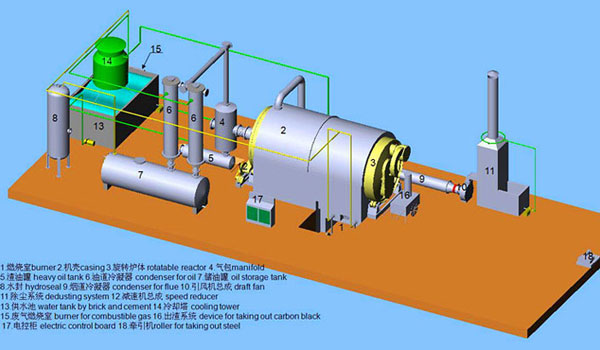Mankind has always found a way of utilizing the resources around him. Lately though, our natural resources are dwindling at a faster rate that we can regenerate them through processes such as recycling. In light of this, the whole world is actively engaged in activities that are geared towards conserving the environment and making it sustainable for future generations. One such activity is the tyre to fuel conversion process with tyre to oil plant.

Individuals and their governments have invested heavily in waste recycling plants in order for us to be self-reliant. In this article, we shall be looking at one process that has seen the demise of tyre which had riddled our beautiful landscapes. The thing that makes tyre wastes so undesirable is that they are non-degrable. Nature, therefore, has no other ways of getting rid of the tyre nuisance apart from relying on us.
Statistics show that slightly over 500 billion pounds of tyre and tyre products are produced each year. A good 33% of this often finds its way into our environment. It is this percentage of tyre that we can convert into fuel instead of pilling it in landfills. The process of converting tyre into fuel is fairly straightforward. Tyres are shredded into tiny bits before being heated to about 400 degrees in an oxygen-free chamber. The process is known as pyrolysis. Get pyrolysis plant cost here.
It is important to point out at this point that not all tyres can make it to the tyre to fuel conversion process. For example, using PVC in pyrolysis will be similar to dumping piles of toxic fumes into the environment. This is mainly due to the chlorine content that corrodes the reactor which in turn generates the toxins. The best type of tyres to use in the process would be those made of pure hydrocarbons like polyethylene and polypropylene. Click here to know more about Beston Company.

PETE is yet another tyre type that is not ideal for the tyre to fuel conversion process. This is because it introduces oxygen in the oxygen-deprived chamber thus slowing down the process. Since it recycles pretty well in recycling centers, it is best left to traditional recycling methods instead of pyrolysis. HDPE and LPDE type of tyres are also not used in the process due to their polluting effects.
Before we conclude this discussion, it is important that we appreciate the fact that plastic wastes cold just as well be converted into recycled tyres for use in our stores and homes. So there is a trade-off between having a continuous supply of tyres and obtaining a sustainable source of fuel to the power of industrial and residential energy requirements. One can argue though that the latter process results into a much better utilization of tyres wastes. More information on tyre pyrolysis plant here.